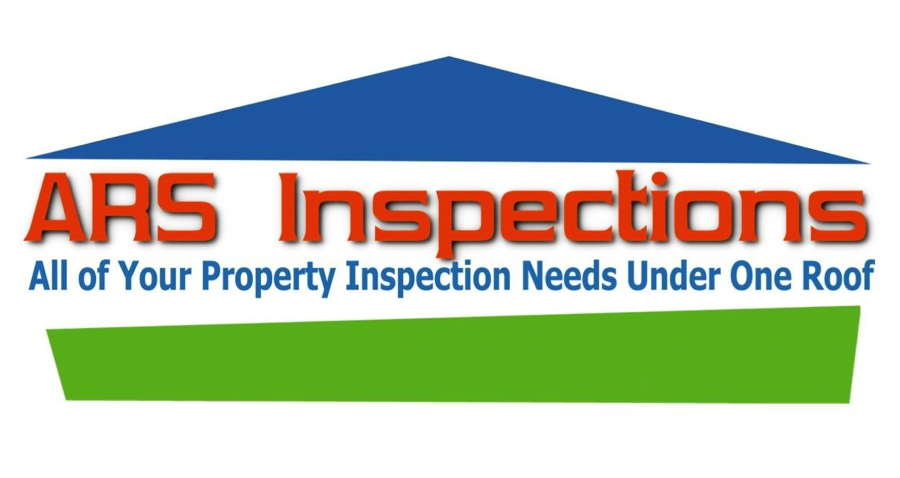Tips to help avoid inviting termites in your home or building.
The photo at the left are of an ant and termite swarmer, notice the difference in the wings and body. Swarming generally occurs during the spring but occasionally a few smaller swarms may occur during the summer and I have seen swarms as late as October. Swarming most often occurs during the morning following a warm rain shower whereby the soil temperature is around 70°F.
Generally swarming is the first indicator for homeowners that termites are in the home or building. Note: The swarmers are harmless, they are reproductive termite and their sole purpose is to find a mate and return to the soil. However typically somewhere in the structure are worker termites that will require treatment. Evidence of termite found? Read More
In Ohio and in most other parts of the United States, subterranean termites are the most common type of termites that infest homes. These termites need moisture to survive. They are closely associated with the soil, where they typically construct an underground nest or a series of interconnected nests, hence the name "subterranean termites." The termites excavate narrow tunnels through the soil, creating a network through which they can travel very long distances (hundreds of feet or more) to reach food. They also transport soil above ground to construct mud tubes (shelter tubes) and to line their feeding galleries in wood. Soil serves as a source of moisture that helps protect termites from the drying effects of air. It also shields termites from predators (ants, birds, lizards, etc.) that feed on them.
Did you know?
Our termite inspection comes with our Exclusive One Year Treatment Warranty. Read More
Cellulose (especially wood) is the main food source for subterranean termites. In nature, termites feed on dead wood, including roots and stumps. Around homes, termites readily feed on wood mulch used in landscaping. However, any type of mulch provides termites with needed moisture and protection from the elements. In homes, termites often first attack wood that is located close to the soil (i.e., lower parts of the house). They then can follow the framework of the house to gain access to upper levels and floors. As they feed, they excavate galleries in the wood. Termites also can tunnel through inedible materials such as foam insulation, plaster board, etc. as they search for food.
Do not unknowingly invite termites into your home!
Employ any of the following measures to help disrupt the termites' ability to locate moisture, food (wood), and shelter.
Solutions to Termite-Conducive Situations
Problem: Cellulose (wood, dead plant material, paper, etc.) in contact with soil provides termites with ready and unobservable access to food.
Solutions:
- Keep all wooden parts of the house foundation at least 6 inches above the soil.
- Keep mulch levels several inches below the siding and wooden parts of the structure.
- Avoid or minimize use of wood mulch next to the foundation.
- Remove dead trees, stumps, and roots near the structure.
- Never store firewood, lumber, or paper against the foundation or in the crawl space.
- Remove wood debris and form boards.
- Problem: Moisture accumulation near the foundation provides water needed for termite survival.
Solutions:
- Grade or slope soil away from the foundation.
- Divert rain water away from the foundation.
- Maintain clean gutters and down-spouts.
- Install down-spout extenders and splash blocks.
- Use drain tiles if site is flat.
- Divert lawn sprinklers and irrigation water away from the foundation.
- Promptly repair leaking faucets, water pipes, and air conditioning units.
- Use mulch sparingly (no more than 2 inches depth is recommended).
- Keep plants and ground covers 3-4 feet away from the house foundation.
- Problem: Poor ventilation in crawl space provides water needed for termite survival.
Solutions:
- Cover approximately 75 percent of the soil surface in the crawl space with a vapor barrier (4-6 ml polyethylene sheeting).
- Install 1 square foot of vent opening per 300 to 500 square feet of crawl space area (when using a vapor barrier).
- Install 1 square foot of vent opening per 150 square feet of crawl space area (without a vapor barrier).
- Enhance cross ventilation.
- Remove any vegetation covering vents.
- Problem: Hidden termite access.
Solutions:
- Install trellises and trim plants so that they do not contact the house.
- Do not build flower planters against the house.
- Regularly inspect cracks or joints in concrete slabs for evidence of termites.
- Install metal flashing when attaching porches or decks (even when using "treated" lumber) to an existing house.
- Remove mulch that contacts siding or obscures a clear view of the foundation.
- Never install foam board insulation (polystyrene) below grade.
- Annual Inspection Checklist
- Water is directed away from the foundation.
- Wood and other cellulose materials (including mulch) are away from the foundation.
- The foundation is exposed around the entire house.
- The basement (or crawl space) is relatively dry.
Information Source: Susan C. Jones, Ph.D. OSU Assistant Professor of Entomology Extension Specialist, Household & Structural Pests - Andy Tabler Ohio licensed termite and pest inspector and applicator
ARS Inspections (Advantage Real Estate Services) is a professional home and building Inspection Company located in Zanesville Ohio. Quality Inspections Since 1988: Real estate inspection reports, home inspection, commercial building inspections, termite inspection, gas line inspection warranty, radon testing, mold testing and private well water testing Services in Muskingum County, Perry County, Guernsey County, Licking County and Franklin County. Service Areas: Ohio Home Inspection and Ohio Home Inspector in, Zanesville Ohio, Nashport Ohio, Roseville Ohio, New Lexington Ohio, Somerset Ohio, Newark Ohio, Granville Ohio, Reynoldsburg Ohio, New Albany Ohio, McConnelsville Ohio, Dresden Ohio, Philo Ohio, Duncan Falls Ohio, Frazeysburg Ohio, Coshocton Ohio, New Concord Ohio, Cambridge Ohio, Coshocton Ohio
We are affiliate members of the Guernsey- Muskingum Valley Association of REALTORS® and The Licking County Board of Realtors

